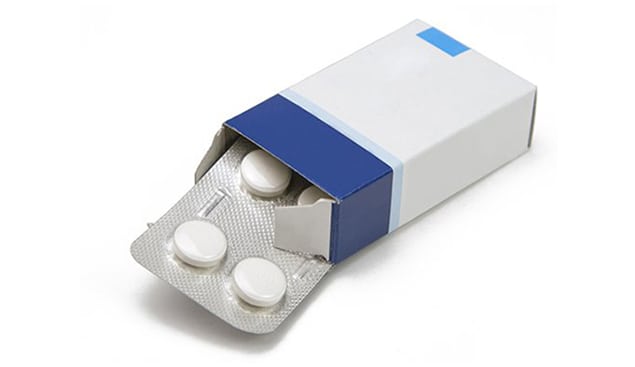
Learn more about Dihydrocodeine and its uses, side effects, and more.
Originally developed as a cough suppressant to prevent the spread of pneumonia and related respiratory conditions, dihydrocodeine is an opiate primarily used to treat moderate-to-severe pain.
- Available as DF118 Forte and DHC Continus, the prescription drug works by binding to opioid receptors in the brain and spinal cord to decrease the perception of pain
- This schedule II substance is sometimes prescribed as co-dydramol, a medication that includes paracetamol, a pain reliever that also reduces fever
CONTACT US TODAY
Uses
Usually administered as a standard tablet, prolonged-release tablet, liquid, or injection, dihydrocodeine is often used to treat mild-to-severe nerve, joint, or muscle pain. It may also be used to treat pain related to conditions such as sciatica and various types of arthritis, including rheumatoid arthritis and osteoarthritis, or severe shortness of breath. It is sometimes used to treat pain experienced after surgery or chronic discomfort from cancer. It is not meant for use by individuals with low blood pressure, inflammatory bowel conditions, thyroid or gland issues, or a history of drug or alcohol dependence.
Side Effects
Side effects of dihydrocodeine can range from mild to severe. Patients on medication for other conditions are often more susceptible to adverse effects. Some individuals may experience an allergic reaction triggered by the drug itself or certain foods consumed while on this medication, although this is rare. Side effects commonly associated with dihydrocodeine include:
- Dizziness or headaches
- Dry mouth
- Abdominal discomfort
- Fatigue
- “Pins and needles” sensation
- Shallow breathing
- Muscle rigidity
- Difficulty urinating
Tolerance and Dependence

Withdrawal Symptoms
Nausea, vomiting, headaches, sweating, diarrhea, and chills are some of the common withdrawal symptoms associated with dihydrocodeine. As with other opiate drugs, physical reactions to withdrawal are due to a chemical dependency that has formed within the brain due to the way such medications work. Physical reactions typically start within 12 hours of the last dose of dihydrocodeine as receptors within the brain react produce signals that trigger a series of responses throughout the body. Withdrawal symptoms may also include:
- Strong cravings
- Restlessness
- Uncontrollable tremors, or shaking
- Insomnia
Similar in chemical structure to codeine, dihydrocodeine is sometimes used as a substitute for that drug since side effects tend to be milder. Dihydrocodeine has a cross-tolerance effect, meaning patients who develop a tolerance will have a similar tolerance with other opiate drugs. If an addiction does form, treatment typically involves supervised withdrawal and sometimes includes the use of other medications to minimize physical reactions as the body adjusts.


